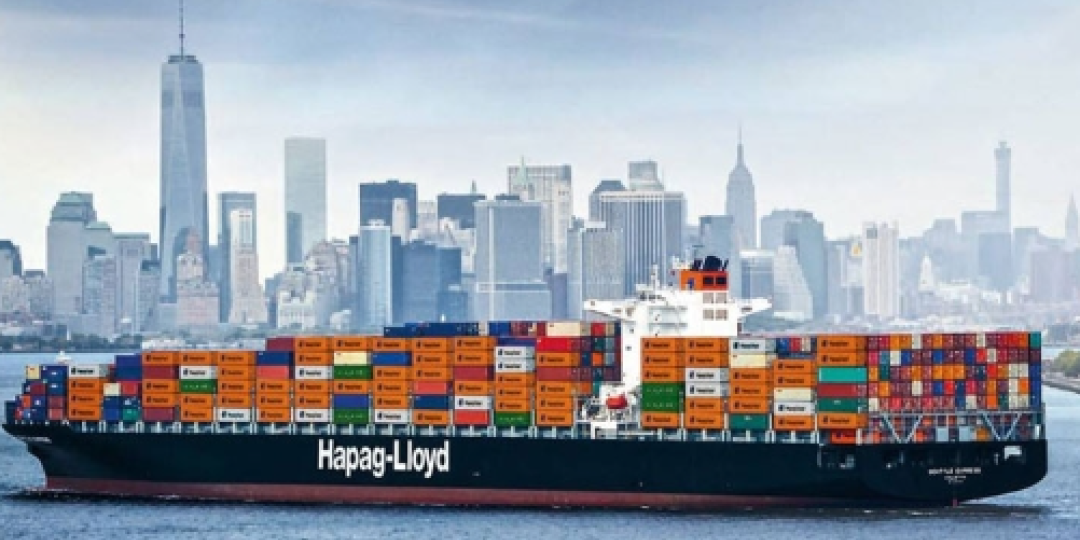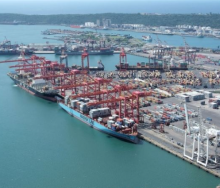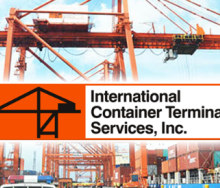Shipping lines are bracing for the growing likelihood of a strike at US ports along the East and Gulf coasts as the deadlock between the International Longshoremen’s Association and the US Maritime Alliance drags on.
Major carriers have announced surcharges to confront the potential disruptions and expect continued strong cargo traffic during the peak season, but have warned of congestion at ports around the world.
According to think tank Sea-Intelligence’s latest analysis, a one-week strike at US ports in early October could result in backlogs in the country until mid-November, while a two-week strike could impact operations until 2025.
Hapag-Lloyd and CMA CGM have followed Mediterranean Shipping Company’s earlier notice to clients of their intent to impose surcharges on imports and exports through these affected ports.
This is in line with the Federal Maritime Commission rules which require a 30-day notice period to customers of additional fees.
MSC has labelled its additional fee as an “emergency operations surcharge,” which starts on October 1 when the US strike is expected to start. Its additional surcharge will be levied on containers from Europe and ranges from $1 000 for a standard 20-foot box to $1 500 a 40-foot box.
In a customer advisory this week, CMA CGM announced its charges, effective from October 11, which range from $800 to $1 500 for exports, depending on box specifications. It is also levying a flat $1 500-per-TEU charge on all imports headed for US East and Gulf coast ports.
Hapag-Lloyd announced that it would be charging a work disruption surcharge of $1 000 per TEU on all imports, effective from October 18.
The carrier told exporters that it would accept bookings as long as rail providers and terminals were accepting containers, and has advised importers to expedite documentation and customs clearance to facilitate retrieval of cargo before workers down tools at the ports.













